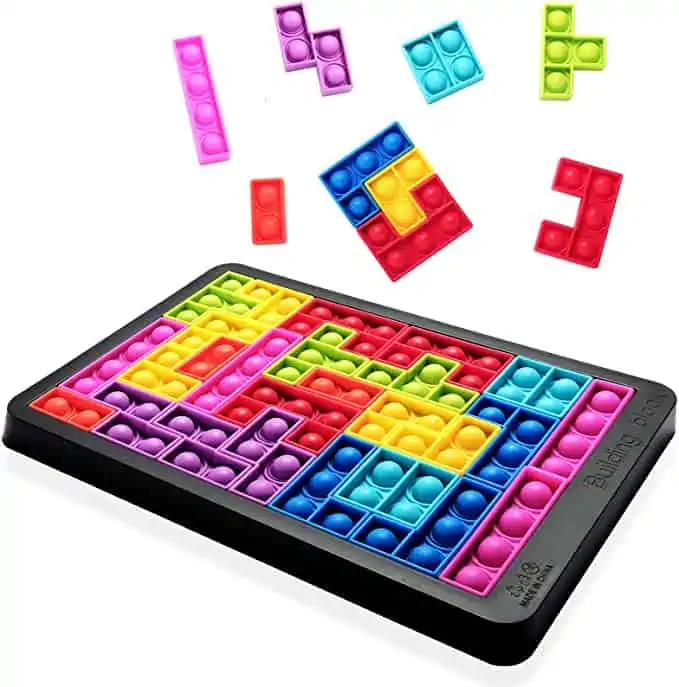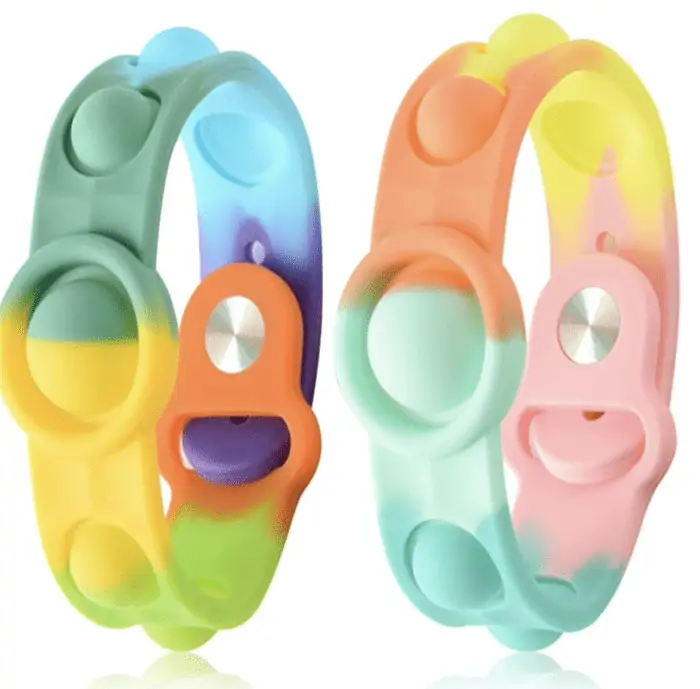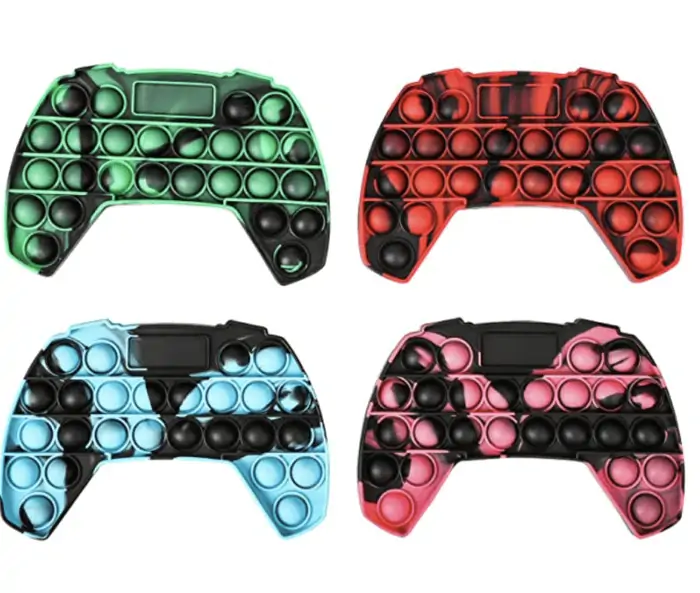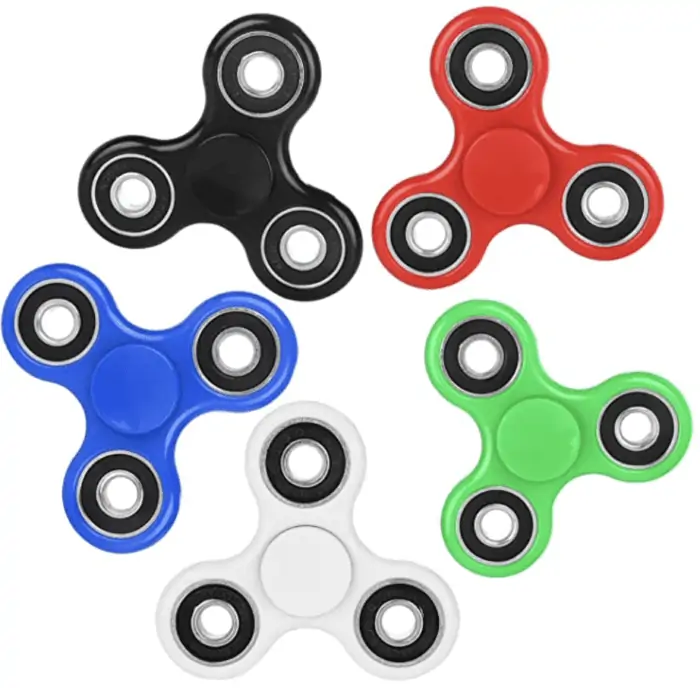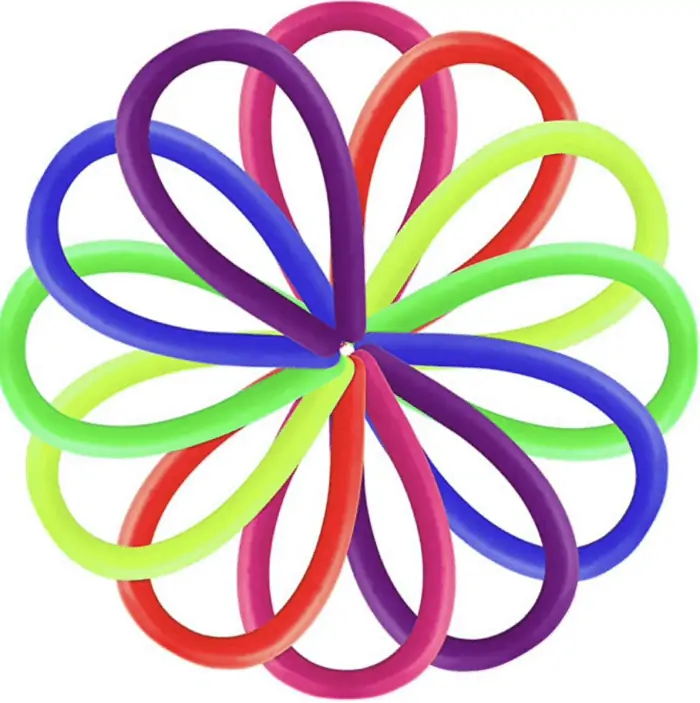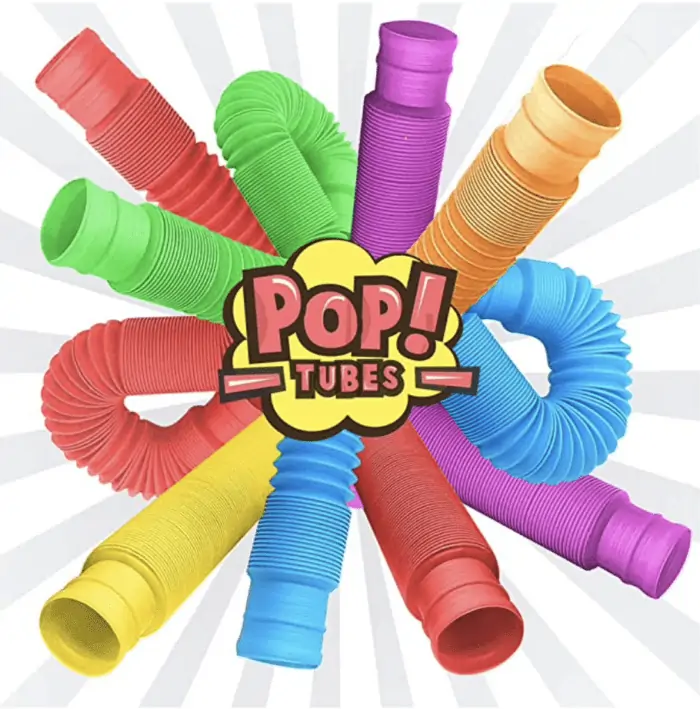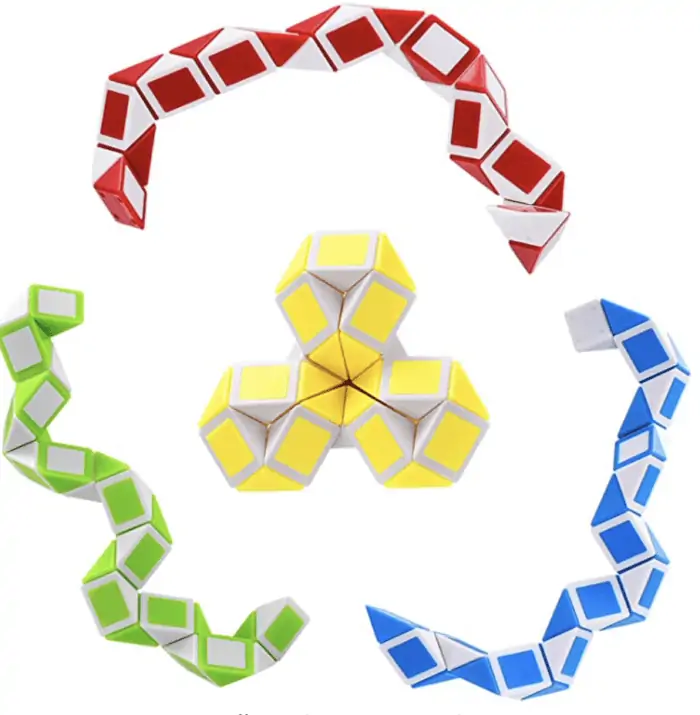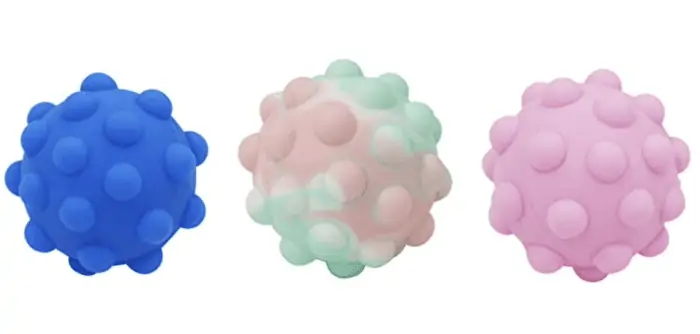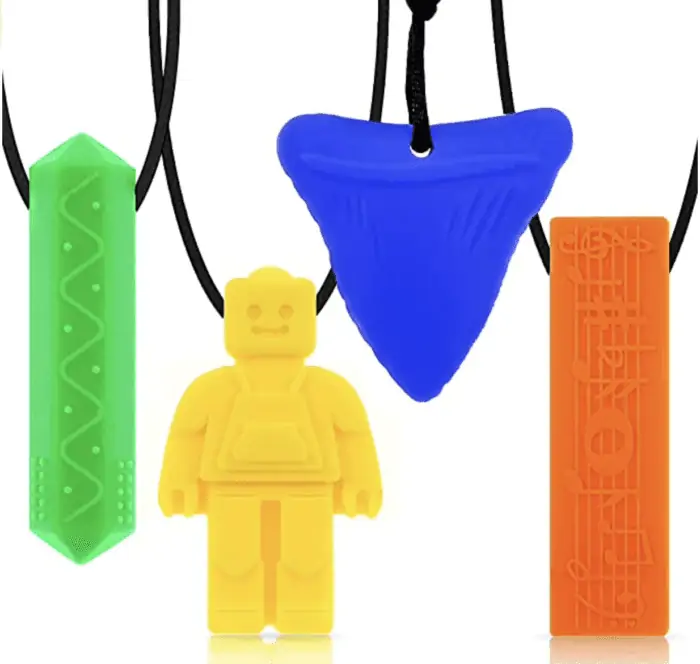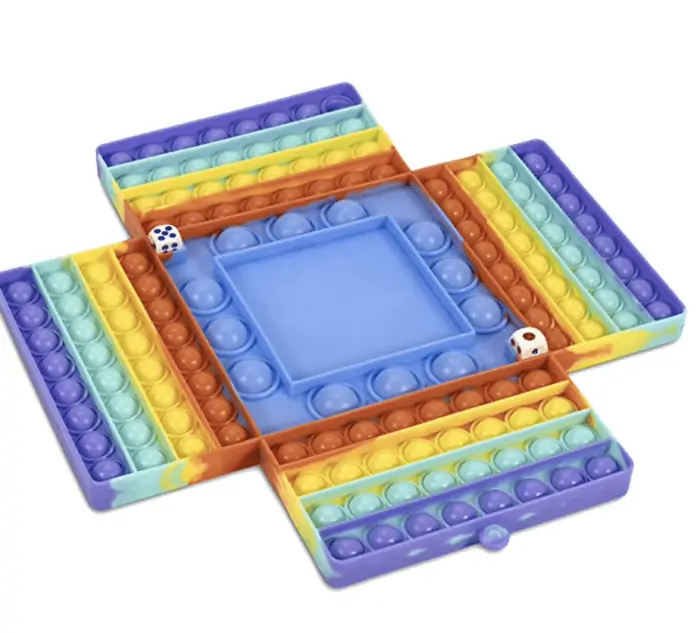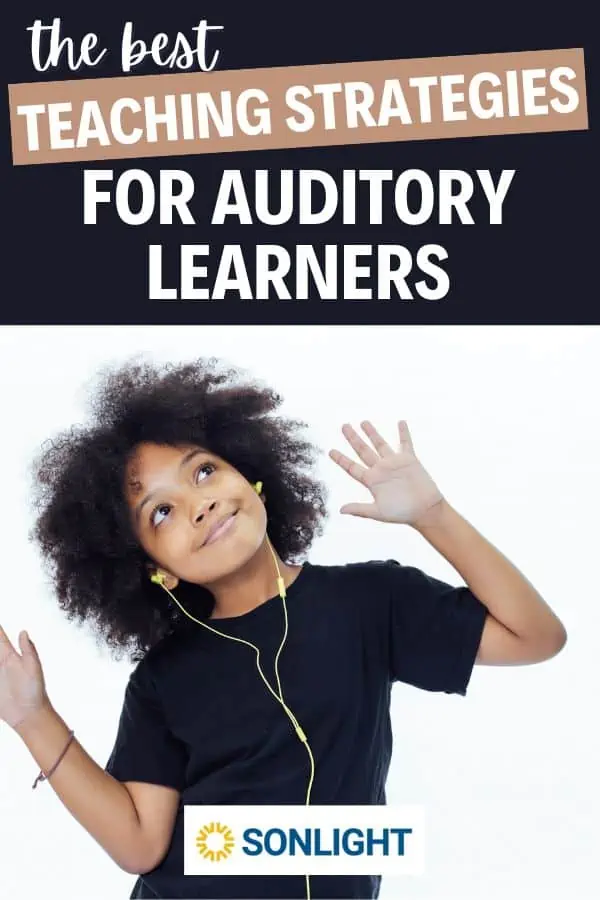Different Types of Fidget Toys Kids Love
Published:
April 11, 2022

Contributor:
Abby Banks
Disclosure: This post may contain affiliate links, meaning if you decide to make a purchase via my links, I may earn a commission at no additional cost to you. See my disclosure for more info.
In recent years, the types of fidget toys on the market has greatly expanded. Back when we were kids, the main fidget toys involved a discarded piece of bubble wrap or some silly putty. Now kids who need a sensory tool can find tons of options. Here’s a run-down of everything you need to know about fidget toys, including a list of the most popular fidget toys today.
What Kind of Fidget Toys Are There?
There are so many different types of fidget toys that’s it’s almost too hard to keep track of them! The most popular a few years ago included fidget spinners, and now the pop-its have taken over as the go-to choice for toddlers all the way up to elementary kids.
Bendable fidgets are fun and useful. Then there are sensory fidget toys that stretch, others that are push fidgets. From tangle types to cubes and rings and even chewing fidgets, the amount of options out there is dizzying.
All fidget toys are meant to be touched, pulled, pushed, and physically manipulated in some way. They are the most hands-on toy there is.
But what’s the point anyway?
Why Do We Fidget?
Have you ever found yourself tapping your fingers on the desk? Or maybe biting a pencil? These are all examples of fidgeting. Sometimes people fidget because they’re anxious or feeling stress. Other times we fidget when we’re bored and need some sensory stimulation.
Fidgeting Expends Energy
Fidgeting also happens when we have energy that needs to be expended. Have you ever seen an energetic child try to stay seated for very long? Some kids (and adults) just can’t stay still and need to constantly move or at least move parts of their body.
Nervous habits like biting your fingernails are also a cause for fidgeting. So, no matter the cause, you can see that people of all ages fidget due to sensory needs of some sort.
What Are the Benefits of Fidget Toys?
Fidget toys are marketed and geared toward children, but anyone who tends to fidget will benefit. Fidget toys provide a great way to channel that excess energy and desire for movement. This is especially helpful in a situation where a child does need to sit quietly and not distract others. Quiet fidgets that can fit in a child’s hand are a great way to keep young children busy.
Visual Stimulation
The different colors on many fidget toys provide wonderful visual stimulation for younger children. The sensory toys help toddlers explore their senses and build their small motor skill development. Squishy toys are a fun addition to the toddler toy box.
Fidgets are Stress-Relieving
Fidgets allow children and adults to relieve stress, calm anxiety, self-regulate, and even burn off excess energy. Plus, they can help you focus and redirect your attention to the task at hand because your hands are busy. In other words, using a fidget toy can help your body channel pent-up energy so your brain can better focus.
Are Fidget Toys Good for ADHD?
Children and adults with attention deficit hyperactivity disorder, or ADHD, will benefit from different forms of fidget toys. These toys are a good option for helping with self-regulation by keeping the hands busy so the mind can focus.
Channeling Nervous Energy
Since hyperactivity is one of the key characteristics of ADHD, it makes sense that finding a way to channel that nervous energy will help kids be able to keep their bodies more still. So instead of requiring kids with ADHD to stop all movement, a good option is to give them a way to keep their hands busy while still focusing their brains.
Are Fidget Toys Good for Anxiety?
Because an anxiety disorder can cause restlessness, fidget toys help redirect that energy toward an outlet. Stress relief toys give you a way to channel those small movements in a way that helps dissipate anxiety or nervousness. Overstimulating environments can also cause the need for a sensory relief, such as being distracted by a fidget toy. If you have a child that suffers with anxiety or sensory disorders, it’s great to have a few small options on hand.
Who Can Use Fidget Toys?
People of all ages have always fidgeted. Consider how many adults you know who will play with rubber bands on their desk while they’re on a phone call or click a ballpoint pen in and out while they’re thinking. Everyday items can become fidget toys because many of us have the need to channel that energy somewhere while we’re working on a task.
Fidgets are Helpful for Autism or Sensory Disorders
But fidget toys are especially helpful for kids with autism or sensory disorders. This is because playing with a fidget toy gives autistic children the sensory input they need and the opportunity for repetitive movement and motion. All of this stimulation helps them to self-regulate.
Sensory and Movement Needs
In school classrooms, some teachers encourage the use of fidget toys for children who have a hard time keeping still. Having something they can play with quietly keeps distractions to a minimum in the classroom setting while still meeting the sensory and movement needs of the children who need them.
Main Types of Fidget Toys
Some of the best fidget toys are still around, like the classic silly putty, koosh ball from the 1980s, or a traditional fidget toy like a stress ball. But if you’re looking for the latest popular fidget toys for your kids, here are the main types and then specific options.
Popits Fidget Toys
Popits fidget toys have been popular with kids for a while now. And no wonder they are so trendy! They’re great for kids who have ADHD or anxiety, as they allow them to have some calming sensory play. Plus, popits make a great toy for expanding fine motor skills in children. It’s almost like having a never-ending supply of bubble wrap!
Geometric Pop Fidget Toy – With this 26 piece pop toy, your kids can rearrange the pop-its in multiple configurations in the tray while they have sensory play fun. Each piece is a different color and different geometric shape.
Stress Relief Wristbands – Your kids will never lose their fidget toy again with these pop-it bracelets. You get two wristbands in this set and each is adjustable.
Pop It Game Controller – This set of four pop-it toys comes in various colors, including pink, green, red, and blue. Shaped like game controllers, your video gamers will love these different shapes.
Fidget Spinner Toys
The fidget spinner works by rotating around a ball bearing mechanism. The spinner does make a bit of noise, which is why many classroom teachers won’t allow this in the classroom.
Fidget Spinners – Here’s a five pack of this popular fidget toy. Perfect for sharing with friends or siblings. These classic fidget spinners are fun to use on any flat surface or hold in your hand and try to keep it spinning.
Stretch Fidgets
Stretchy fidgets allow you to pull, squeeze, twirl, and wrap them into any shape. Then they bounce back to their original shape. These types of fidget toys provide great tactile stimulation.
Stretchy Noodles Fidget Toy – These stretchy string toys are nearly 10 inches long but can bend in any direction. This pack of ten is a great option for teachers or would be a great fidget toy to include as a party favor.
Pull, Stretch and Squeeze Stress Balls – This 3-pack is a good choice for teens. You can bounce it, stretch it, or pull it to relieve stress.
Bendable Fidget Toys
Bendable fidgets are great toys for developing hand skills and relieving stress.
Pop Tubes – Use a pop tube as a fun stress reliever on its own, or connect all six of them to make an ever bigger toy. These tubes have a satisfying popping sound and unique texture that make them fun for kids with sensory issues. Plus, they’re lightweight and can be stretched or squeezed to change their size.
Snake Cube Sensory Toy – This snake cube sensory toy has been around for a few decades. It will help your kids with fine motor skills as they manipulate the plastic “snake” into various geometric shapes.
Push Fidget Toys
Fidget toys that require you to push into them would fall into this category. Other examples are the now-popular pop-it fidget, which requires you to push down the bubbles.
Pop-it Stress Balls – These sensory balls are the perfect items to help build muscle dexterity and strength in the hands. They’re also a great stress reliever and provide nice sensory stimulation for kids.
Tangle Fidget Toys
Tangle fidgets have so many ways you can move them that they have an addictive quality to them. You’ll never play with it the same way twice! The original Tangle fidget toy was invented in 1981. There are many versions of this type of fidget on the market now.
Tangle – With this toy, you can twist and bend it into all sorts of configurations. This is a great one to have on hand even for your toddlers when they need to keep their hands busy.
Cube Fidgets
Cube fidgets are about three times the size of dice, and so with six sides, there is plenty to do to keep yourself engaged.
Fidget Cube – If your kids are older and need a more engaging fidget toy, then this fidget cube is just right. Built for decompression, this cube-shaped fidget toy gives your kids six different ways to relieve stress. But maybe even your toddlers will love this option that includes fun items like a “light” switch plus a rotary dial.
Fidget Rings
Because fidget rings are small and quiet, they are easy to bring with you if you need a way to relieve stress or anxiety. You can tap or twirl your ring as you engage your restless fingers.
Magnetic Fidget Rings – Since these spinner rings are magnetic, you can combine them in all different combinations. Perfect size for spinning on your fingers as you decompress or try to focus.
Chewing Fidgets
As a safe alternative to chewing on hands, clothing, or other objects, chewing fidgets are for those with oral hypersensitivity. They are a great tool for people with sensory needs.
Chew Necklaces for Sensory Kids – If your kids have a habit of biting their fingernails or other item due to stress and anxiety, then a chew necklace might be a good solution for them. These chew necklaces are made of 100% food-grade silicone.
Fidget Games
Fidget games take the idea of a simple fidget toy and add rules and competition to the mix! Plus, fidget games help kids to be able to play with one another instead of just by themselves.
Big Pop Bubble Fidget Game – Take pop-it fidget toys to a whole new level with an entire game board made of the pop bubbles! Kids roll dice and then depress the number of bubbles they roll. The last one to push down the final bubble is the loser. Great interactive pop-it game.
Big Pop Game Board – This family fidget game can be played with 1-4 players. Game rules included. Each person takes a turn by rolling the dice and adding up the total. Then, they can squeeze down the number of bubbles they rolled. The first person to finish popping all the bubbles on their side wins the round.
Conclusion
There are so many different types of fidget toys to meet your budget and your child’s sensory needs. It’s great that we’ve come such a long way in having this many fidget tools available to help children and adults process their sensory needs.


